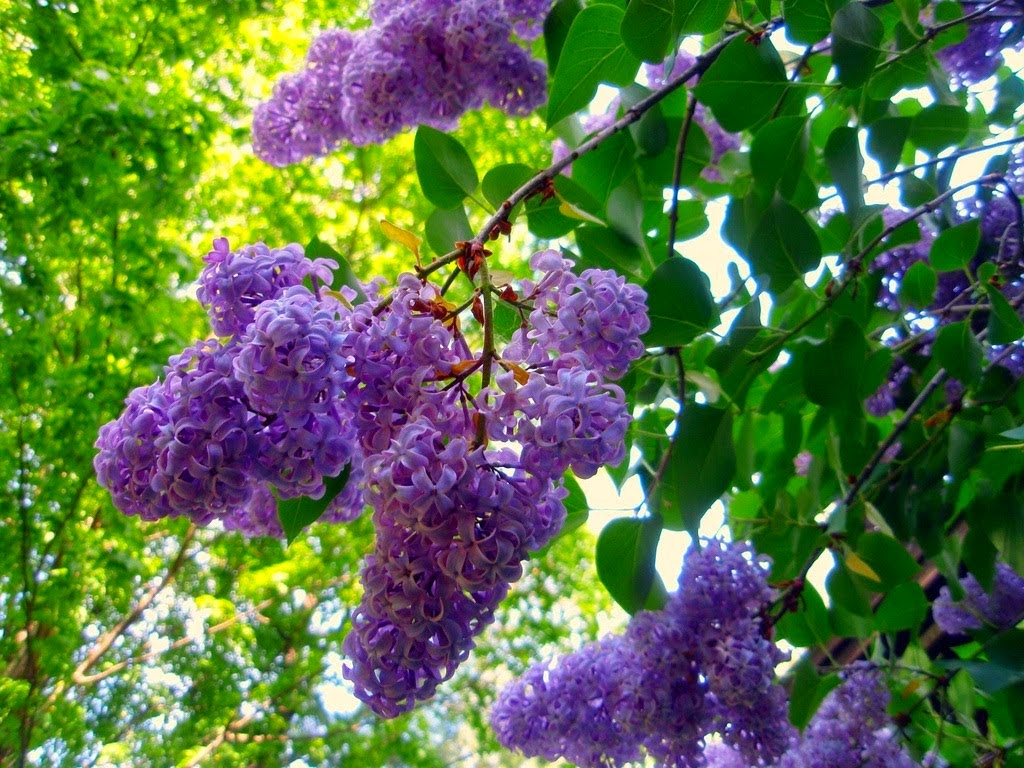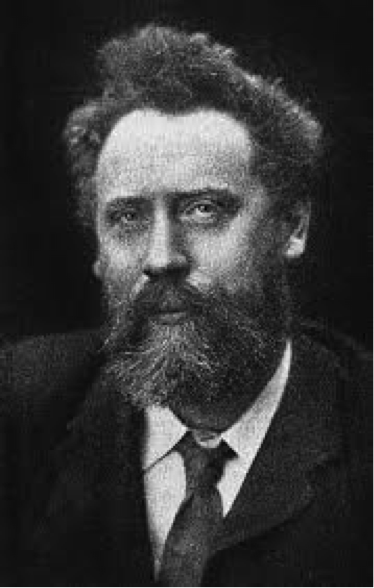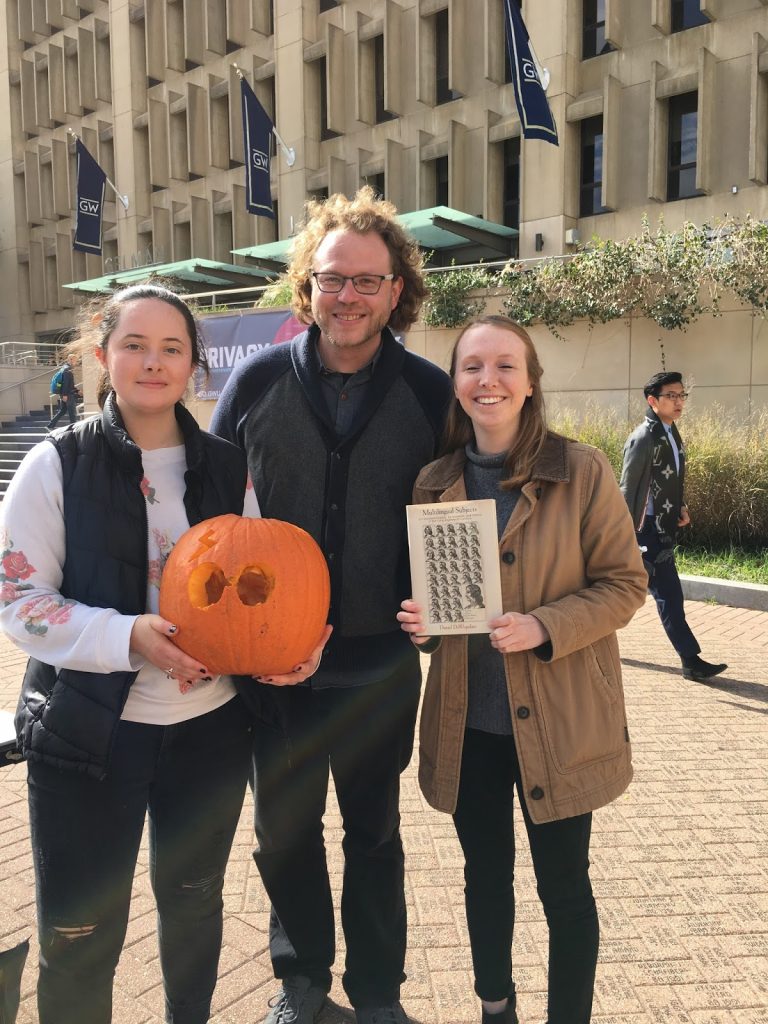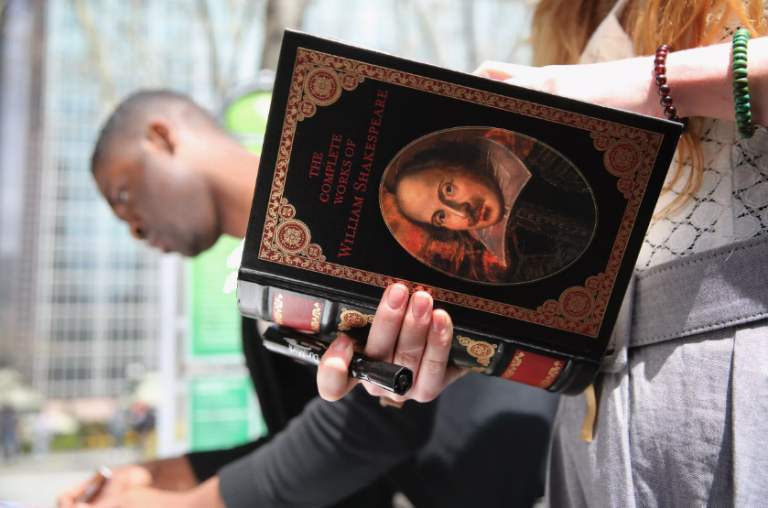Early spring is, famously, cruel. The bite of winter is still sharp, even “whan that Aprille with his shoures soote / the droghte of Marche hath perced to the roote” (“when that April with his sweet showers pierce the drought of March”). Chaucer’s famous opening lines of the Canterbury Tales emphasize the sensory contradictions of this time of year, especially its flowers. Spring is a botanical paradox, one as poetic as it is perfumed. It is a season of renewal and rebirth. And for many, including T.S. Eliot, it smells of lilacs.
Eliot’s “Wasteland” begins by echoing Chaucer’s opening lines, defining the “cruelty” of April through its “breeding” of lilacs “out of the dead land / mixing memory and desire / stirring dull roots with spring rain.” Eliot’s poem expertly crafts an elegy for the modern age out of poetry from the past, yet in doing so, it also (perhaps unintentionally) emphasizes a historical anomaly: there were no lilacs in medieval England. Chaucer may have been describing the scent of spring, but he was not describing lilacs. Yet, for Eliot, the two are entwined.

A flower that depends upon a heavy frost in order to bloom, lilacs thrive in eastern North American and central European climates. One of the first flowers of spring, and heavy with indole (an aromatic compound found in both flowers and feces), lilacs can smell fresh at first and then, quickly thereafter, decayed and rotten. Both Walt Whitman and Eliot use this to great effect in their poetry, tempering the promise of spring with an indolic hint of decay and desolation. In Whitman’s famous elegy for Lincoln, the poet longs for the promise of an “ever-returning spring,” a time “when lilacs last in the door-yard bloom’d.” With “heart-shaped leaves of rich green,” lilacs “rise delicately” with their “perfume strong,” a smell the poet “loves.” Yet that smell becomes a powerful reminder of mourning: since the lilac “blooms the first,” the poet “breaks, breaks the sprigs from bushes,” and comes “with loaded arms” to pour them on the coffin and to mourn and “perfume the grave of him I love.” Eliot does something similar with the smell of lilacs in his own elegiac riff on Chaucer.This is the stuff of great poetry, which may seem separate from history, yet all three poems offer a unique way to approach the history of olfaction. How and when did lilacs become associated with the smell of spring? That the “smell of spring” has a history may seem counterintuitive; olfaction, deemed the most fleeting and most subjective of all the senses, is often assumed to have no history. Smell is difficult to describe as well to historicize, and yet it is for this reason that poetry seems a particularly useful archive for capturing its meanings in the past. That the smell of lilacs signals early spring may seem intuitive. When we smell lilacs, we don’t think of the long history of science and trade that made lilacs recognizable to us; we think even less of the history of gardening and the ways it has shaped our homes and our leisure time. More likely we’re rooted in something much closer to us and much more subjective: our own sensory history—personal, powerful, and much more visceral connections to our material world. Yet as Whitman and Eliot’s poems suggest, these visceral connections are entwined with aesthetic traditions that precede us. The smell of lilacs, like other smells, represents a perfect amalgamation of both our shared cultural histories and of our own subjectivity, rooted in our perception of the world around us.
Lilac, as a scent of spring, has a history, one that begins in antiquity in Persian gardens, expands in the Renaissance through the rise of global trade—especially trade of biological matter—and becomes naturalized in Europe during the Enlightenment through gardening, so much so that, by the nineteenth century, it signals a lost connection to the natural world, one rapidly receding with the rise of industrialism. It is a tale of enlightenment breakthroughs in perfumery, including the process of enfleurage, as well as modernist breakthroughs in chemistry, including synthetic aroma-chemicals that approximated its scent and rendered it more readily available as a “note” in commercial perfumes. By the mid-twentieth century, the smell of spring was available all year round, bottled in laundry and dish detergents.
When we smell a lilac, we may reflect on some of these aspects of history, but more likely, we are transported to a different time and place—our garden, the funeral of a friend, or our grandmother’s perfume. This is what scientists now describe as a “Proustian” memory: an involuntary sensory memory that is triggered not only by a molecule the nose is designed to recognize but also by whether or not we’ ve encountered that molecule before. That science turned to literature to describe this process should not surprise anyone who has read Proust, Chaucer, Whitman or Eliot. As the Nobel Assembly of the Karolinska Institute noted when they awarded the 2005 Nobel Prize in physiology to Dr. Richard Axel and Dr. Linda Buck for their groundbreaking research on the science of olfaction, smell is essential to human life, both its survival as well as more ephemeral pleasures, like enjoying fine wine or “appreciating a beautiful lilac” in spring.
Professor Dugan’s article was originally published by











